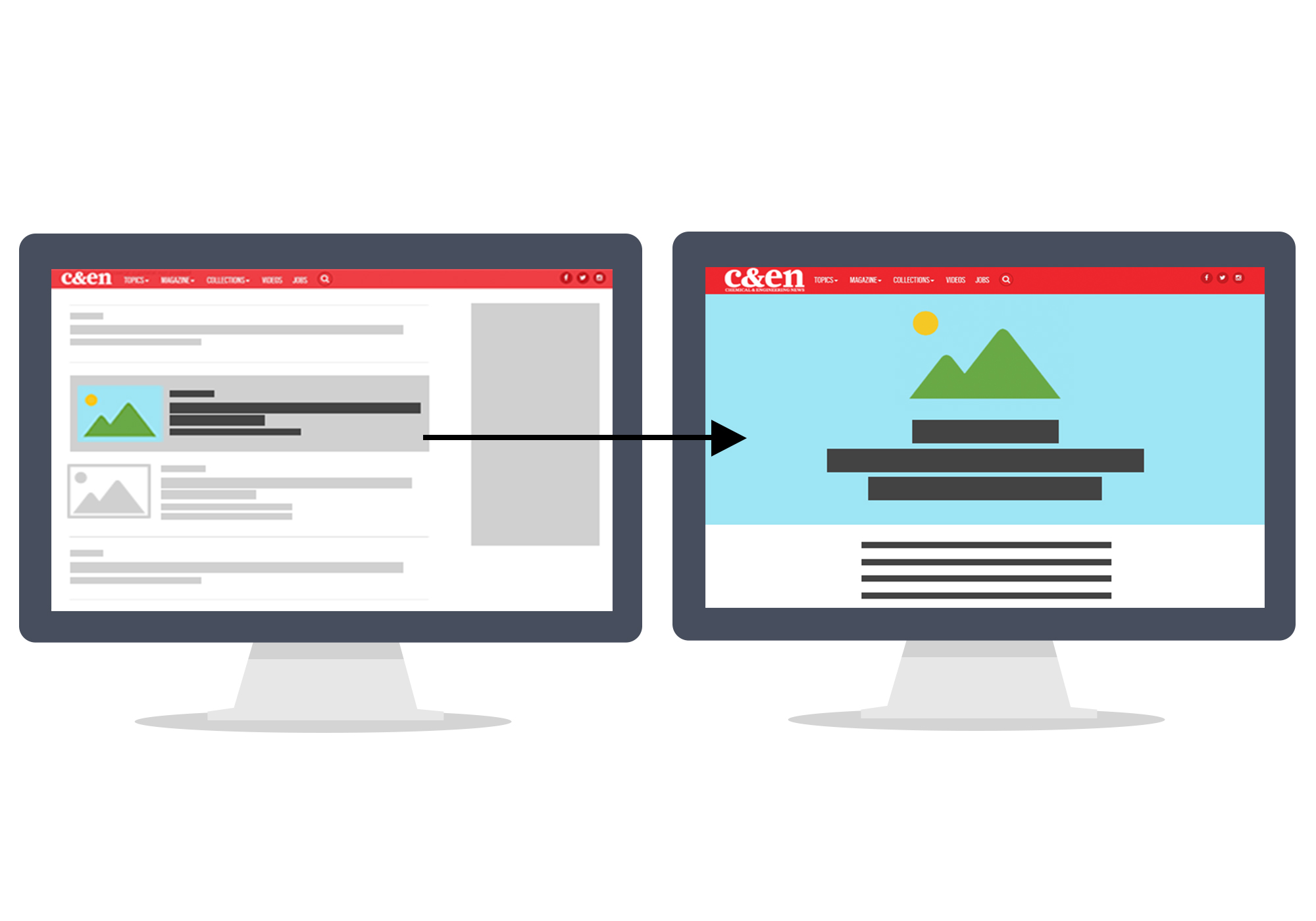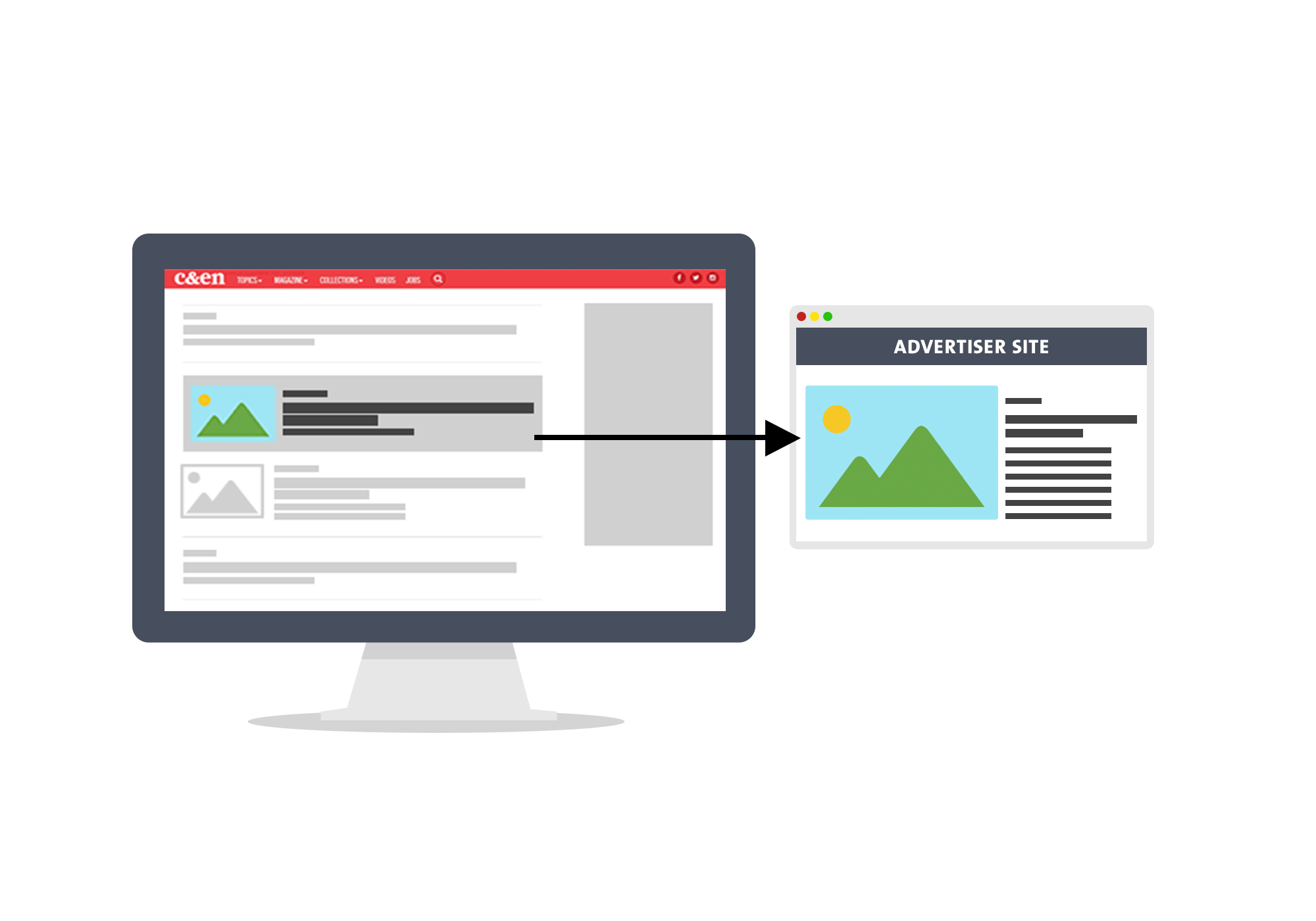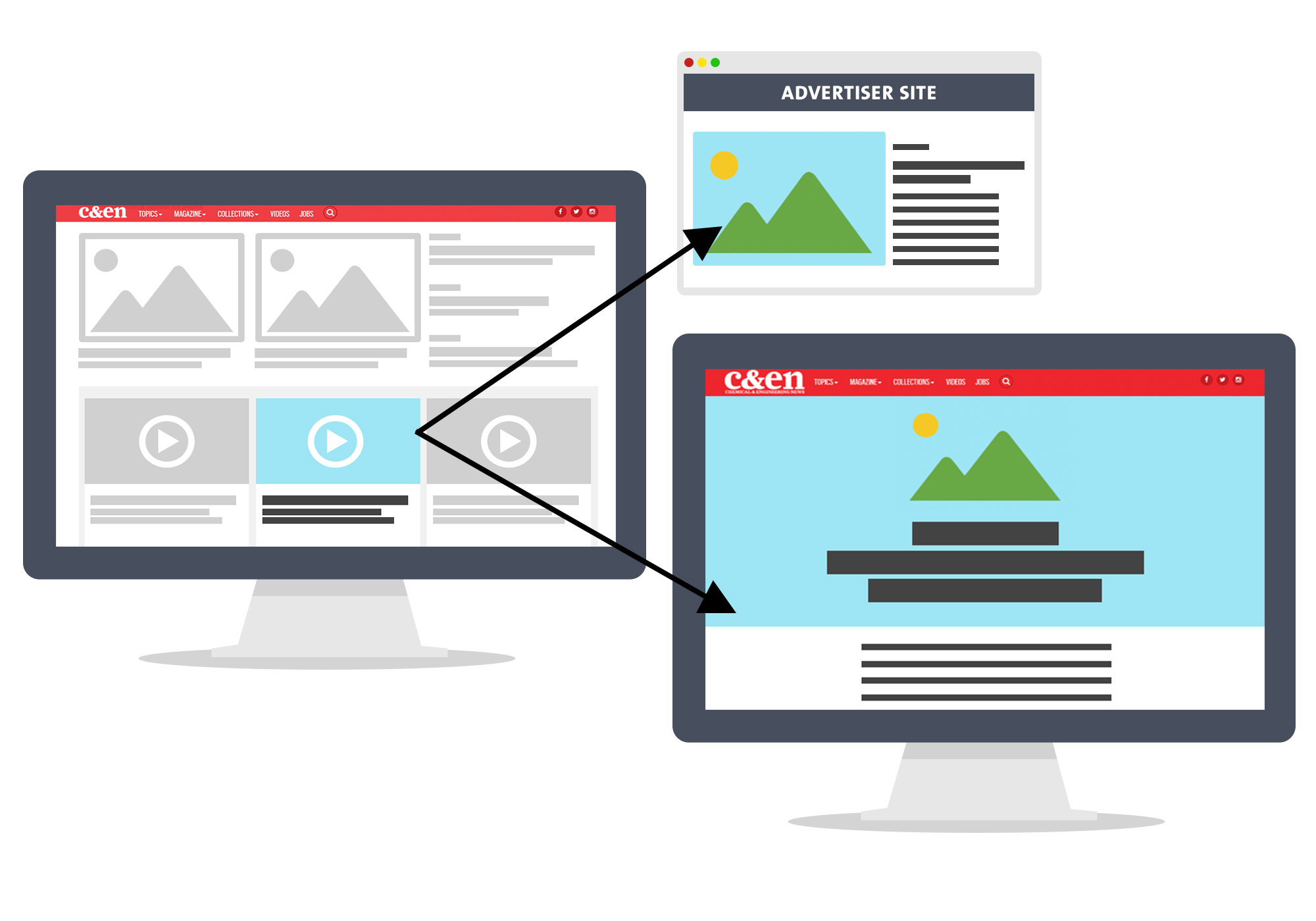New methods for executing your overall content strategy seem to appear daily. At first glance, many of these methods may seem indistinguishable from one another, or at least very similar. How is rich media different than traditional display, for instance. But when you dig deeper and really get to know novel techniques, the benefits of each become more obvious.
Such is the case with native advertising. It may sound like other forms of marketing, but once you get to know it better, you’ll see why it is quickly becoming the gold standard for online ad campaigns.
In this article, we’ll address what native advertising really is, and these other essential considerations:
- Why does native advertising work?
- How can you promote your campaign with ad units?
- What are some best practices for native advertising?
Before we get to the hows and whys, let’s address the first question.
What Is Native Advertising?

Unfortunately, there are many terms floating around that are all used to describe native advertising. Download our cheat sheet to learn some of the differences. Here we’ll start by defining it its core: Native advertising has two main tenants. First, it is a piece of content or story — a blog post, article, video, infographic, etcetera— and second, it is distributed to an audience through a publisher platform in a way that does not disrupt the native user experience. That’s great as formal definitions go, but what does it actually mean?
It means that true native advertising content aligns with the publication or site’s existing style or tone. True native advertising also provides the kind of information that the audience expects from the site they’re visiting.
Let’s look at an example to help clarify the issue. A DNA testing company wants to advertise on a diet/health website. To do that, it has two choices:
- Insert a banner ad promoting their services
- Compose a native advertising sponsored article post
While there’s nothing inherently wrong with banner ads—they are still an effective medium—there are challenges. Many tools now allow ad blocking. Visitors can experience a website without ads that would normally interrupt their reading. There are also just a lot of banners ads, so if a visitor does see them, the question then becomes whether or not your ad is creative enough to be noticed.
A native advertising blog post or article solves both of these issues in one fell swoop:
- Native advertising eliminates the concern about ad blockers.
- Native advertising goes beyond a simple static image and provides context to what the advertiser wants to communicate and what the visitor expects to read on a site.
It’s this second point that is perhaps the most useful for the DNA testing company’s marketing campaigns. This is because the native ad is in line with the other articles on the site and has a similar style, format, and tone. It won’t be exact – it’s important for the reader to be able to distinguish when there’s a company behind an article. But the point is that it is less of a disruptive experience than traditional banners.
In our example, the headline of the native advertising article will read, “Can Your DNA Tell You The Best Way To Eat?” This headline instantly captures the reader’s attention, so they click through to the article, where they learn how DNA testing can inform them about dietary habits. They can identify the company, learn more about them, and are then enticed to take action for more information.
Why Does Native Advertising Work?

From the example above, we can see that the difference between a banner ad and native advertising is fairly obvious: native advertising is engaging, branded content that provides an uninterrupted user experience, while at the same time, allows the reader to learn something. They aren’t just being sold to.
And that’s why native advertising works. It doesn’t detract or distract from the site’s user experience. That means all the difference in the world.
There are also other key factors that make native advertising effective, such as:
- Building trust
- Driving purchases and brand awareness
- Are evergreen and improves search
- Often viewed as frequently as the site’s original content
- Increased engagement
What Are the Best Native Advertising Units?
Now lets say you’ve either worked with a publisher to create content, or you have your own video or infographic that you’d like to now promote. What type of ad unit do you actually buy? The best types of native advertising units fall into one of three categories: True native, Native display, Native video. Here’s how they work.
True Native Ad Unit

In a true native ad, the main distinction is that publisher has created the content and landing page, which will live like an article or featured story on their site.
You’ll see these true native ad units on the home page next to other article call-outs, then directs to its accompanying custom article page on the publisher’s site.
Native Display Ad Unit
In a native display ad (also known as a “Click Out”), the advertiser themselves provides headlines, text, and an image for placement on the publisher’s site, similar to the process for a regular banner ad, but with additional specs.
This copy and imagery usually needs to be approved by the publication in order to fit their guidelines. But when clicked, the ad redirects to the advertiser’s site. And even though the content doesn’t live on the publisher’s site, the content itself should still read like a native advertising piece, and not be used for promotions or other product-specific campaigns.
Native Video Ad Unit
Native video can be either true native or native display. That means that native video can be created by the publisher and hosted on the publisher’s website or, when clicked, can redirect to the advertiser’s site. Advertisers can even share existing YouTube and Vimeo videos.
There are benefits using a publisher’s content arm to create your native advertising campaign. Their expertise on the format, audience, and internal resources make for strong campaigns, however, they are usually an expensive option, and won’t be for everyone. These native advertising units allow you to utilize your own content, and marry it with the distribution power of a publisher. If your team has the bandwidth to create content on your own, consider the ones listed below.
- Infographics
- Whitepapers
- Quizzes
- Sponsored articles
Best Practices for Creating Ads
Because there are so many ways to optimize your native advertising, the most efficient strategy is to first contact a publisher for a list of suggestions, especially when it comes to what will resonate with their particular audience. But here are a few best practices to incorporate into your native ads:
- Opt for bright, eye-catching images. Avoid black and white.
- Keep images relatively simple (e.g., large objects instead of small details. No text on image)
- Maximize image resolution to avoid blurriness.
- Format font size to be between 30 point and 45 point.
- Think of your copy like a story headline and grab a reader’s attention.
Above all, make sure you have the necessary rights to use the chosen images so that you can avoid infringing on the intellectual property rights of any third parties.
Our team of experts at C&EN BrandLab, our very own custom content studio, are happy to help answer any questions on how to take advantage of these new options. Contact us any time, or download our native advertising unit spec sheet for more guidance.
We’d also love to see examples of any successful native advertising campaigns you’ve done! Share in the comments below.
Keywords: Digital Strategies, display advertising, native advertising, sponsored content
 Subscribe
Subscribe







